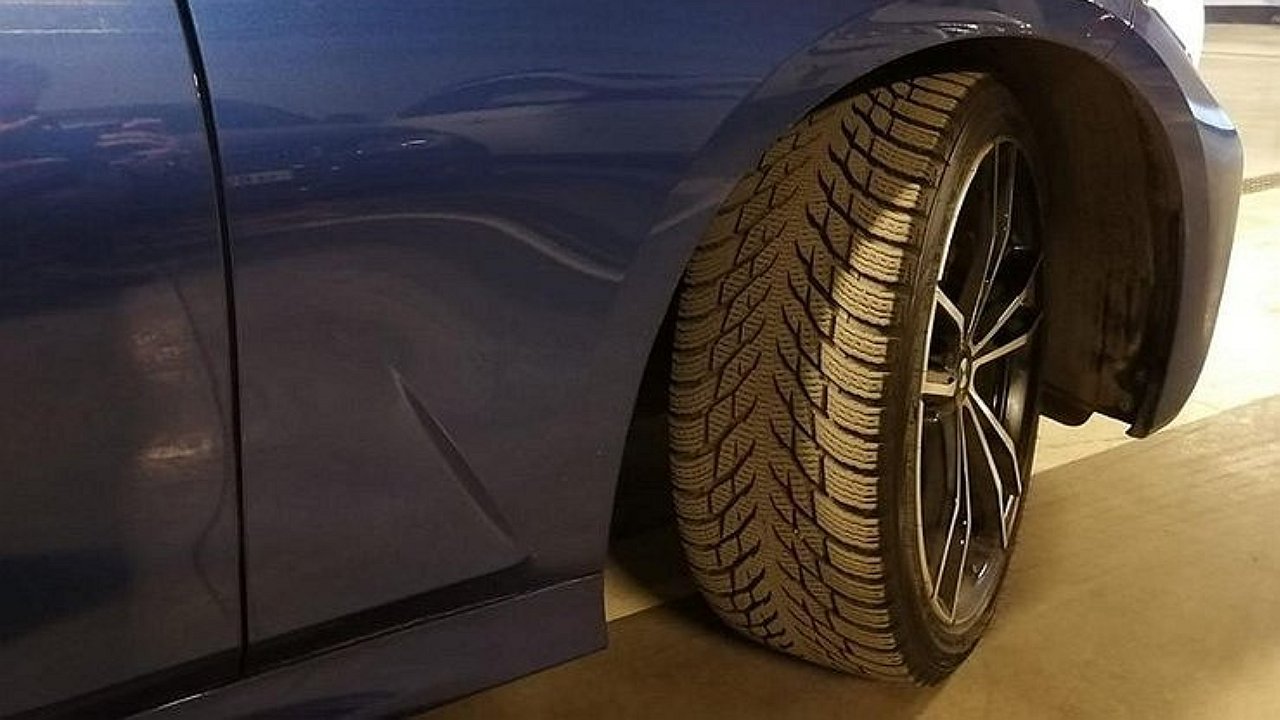Why used tires are always hard and new ones are soft
- June 26, 2023
- 0
Now many car owners choose used tires instead of buying new tires. But there are many “pitfalls” here. In particular, the rubber composition of such “shoes” is much
Now many car owners choose used tires instead of buying new tires. But there are many “pitfalls” here. In particular, the rubber composition of such “shoes” is much

So, everyone understands that the characteristics of used “cylinders” differ from new ones. Even if it is the same model. Usually drivers notice their excessive stiffness, and a monotonous rumble appears in the cabin in motion. Which is completely understandable. As the tread wears, the thickness of the top rubber layer decreases. And under it is a cord, that is, a power frame consisting of steel wires and various fabric fibers. In other words, it is always a rigid structure, since it is she who is obliged to withstand loads and shocks without losing integrity. The bottom line – the more the tread is worn, the higher the “oakness” of the tires.
At the same time, even low-mileage tires cannot drive pleasantly. This is because the rubber compound also loses its elasticity over time. There’s even a study on the web where experts tested automotive “shoes” for so-called Shore hardness (a unit of elasticity of different materials). We measured one new tire and two that ‘live’ for two and three years. We have the result. The hardness of the first is 66 units, the second is 69, and the last is 72. That is, the degradation of “rubber” is about 5% per year. Not very critical, but it should be kept in mind.
This is due to production technology. First, the so-called green belt is made at the factory – it is very soft to the touch. Further, to give the desired properties and make a protector, it is vulcanized or baked in other words. And then the finished product is sent to the store.
It is important that the vulcanization process does not stop over time. Yes, it is much slower than the factory, but still. This is made possible by the weather: hot summer sun and hot asphalt. Plus operating conditions: various shocks and pressure drops. That is why many manufacturers recommend replacing tires every five years. Changing their stiffness leads to the characteristics of the “shoes” changing. This not only causes discomfort in movement, but also increases the length of the braking distance. So you can have an accident. Therefore, think a few times before buying used tires.

So, everyone understands that the characteristics of used “cylinders” differ from new ones. Even if it is the same model. Usually drivers notice their excessive stiffness, and a monotonous rumble appears in the cabin in motion. Which is completely understandable. As the tread wears, the thickness of the top rubber layer decreases. And under it is a cord, that is, a power frame consisting of steel wires and various fabric fibers. In other words, it is always a rigid structure, since it is she who is obliged to withstand loads and shocks without losing integrity. The bottom line – the more the tread is worn, the higher the “oakness” of the tires.
At the same time, even low-mileage tires cannot drive pleasantly. This is because the rubber compound also loses its elasticity over time. There’s even a study on the web where experts tested automotive “shoes” for so-called Shore hardness (a unit of elasticity of different materials). We measured one new tire and two that ‘live’ for two and three years. We have the result. The hardness of the first is 66 units, the second is 69, and the last is 72. That is, the degradation of “rubber” is about 5% per year. Not very critical, but it should be kept in mind.
This is due to production technology. First, the so-called green belt is made at the factory – it is very soft to the touch. Further, to give the desired properties and make a protector, it is vulcanized or baked in other words. And then the finished product is sent to the store.
It is important that the vulcanization process does not stop over time. Yes, it is much slower than the factory, but still. This is made possible by the weather: hot summer sun and hot asphalt. Plus operating conditions: various shocks and pressure drops. That is why many manufacturers recommend replacing tires every five years. Changing their stiffness leads to the characteristics of the “shoes” changing. Not only does motion discomfort occur here, but the length of the braking distance also increases. So you can have an accident. Therefore, think a few times before buying used tires.
Source: Avto Vzglyad
Donald Salinas is an experienced automobile journalist and writer for Div Bracket. He brings his readers the latest news and developments from the world of automobiles, offering a unique and knowledgeable perspective on the latest trends and innovations in the automotive industry.